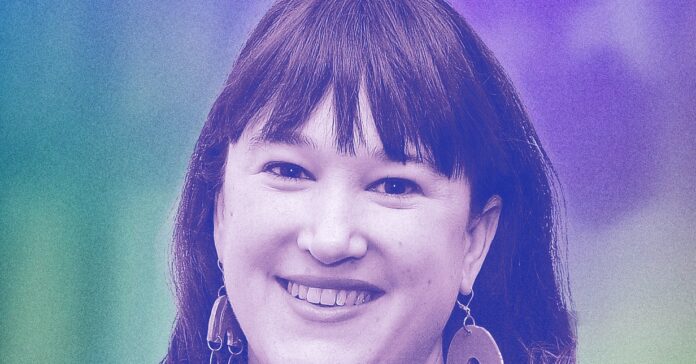In her new e book, Unhealthy Firm: Non-public Fairness and the Dying of the American Dream, journalist and WIRED alum Megan Greenwell chronicles the devastating impacts of probably the most highly effective but poorly understood forces in trendy American capitalism. Flush with money, largely unregulated, and relentlessly centered on revenue, non-public fairness corporations have quietly reshaped the US financial system, taking on massive chunks of industries starting from well being care to retail—typically leaving monetary wreck of their wake.
Twelve million individuals within the US now work for firms owned by non-public fairness, Greenwell writes, or about 8 % of the whole employed inhabitants. Her e book focuses on the tales of 4 of those people, together with a Toys “R” Us supervisor who loses the perfect job she ever had and a Wyoming physician who watches his rural hospital reduce important companies. Their collective experiences are a damning account of how innovation is being changed by monetary engineering and the ways in which shift is being paid for by everybody besides these on the high.
In a overview of Unhealthy Firm for Bloomberg, a longtime non-public fairness government accused Greenwell of searching for out unhappy tales with inevitably “sad endings.” However the characters Greenwell chosen don’t simply sit again and watch as non-public fairness devastates their communities. The e book is a portrait of not solely how the American dream is being eroded but additionally the artistic ways persons are utilizing to battle again.
Greenwell spoke to WIRED late final month about what non-public fairness is and isn’t, the way it has reworked completely different industries, and what staff are doing to reclaim their energy.
This interview has been edited for readability and size.
WIRED: What’s non-public fairness? How is the enterprise mannequin completely different from, say, enterprise capital?
Megan Greenwell: Individuals confuse non-public fairness and enterprise capital on a regular basis, nevertheless it’s completely cheap that standard individuals do not perceive the distinction. Mainly, the best approach to clarify the distinction is that enterprise capital corporations make investments cash, often in startups. They’re basically taking a stake within the firm and anticipating some kind of returns over time. They’re additionally typically taking part in a considerably longer recreation than non-public fairness.
However the best way non-public fairness works, particularly with leveraged buyouts, which is what I deal with within the e book, is that they’re shopping for firms outright. In enterprise capital, you set your cash in, you are entrusting it to a CEO, and also you most likely have a board seat. However within the leveraged buyout mannequin, the non-public fairness agency actually is the proprietor and controlling decider of the portfolio firm.
How do non-public fairness corporations outline success? What sorts of firms or companies are enticing to them?
In enterprise capital, VCs are evaluating whether or not to make a deal based mostly solely on whether or not they assume that firm goes to turn into profitable. They’re in search of unicorns. Is that this firm going to be the subsequent Uber? Non-public fairness is seeking to earn money off of firms in ways in which do not truly require the corporate itself to earn money. That’s like the largest factor.
So it’s much less of of venture.
It is rather laborious for personal fairness corporations to lose cash on offers. They’re getting a 2 % administration charge, even when they’re working the corporate into the bottom. They’re additionally in a position to pull off all these tips, like promoting off the corporate’s actual property after which charging the corporate lease on the identical land it used to personal. When non-public fairness corporations take out loans to purchase firms, the debt from these loans is assigned to not the non-public fairness agency however to the portfolio firm.
#Non-public #Fairness #Killed #American #Dream


